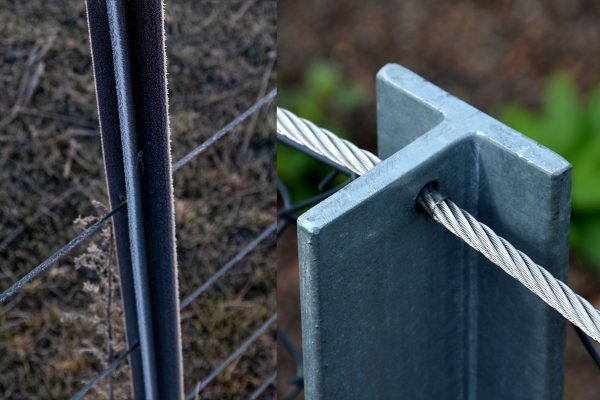Fencing your property is a long-term investment. For this reason, you want to ensure that the fence posts stay in good shape for as long as possible. Should you use roofing tar on the fence posts? We researched, and this is what we learned.
You can use roofing tar to protect fence posts from rotting or insect infestation. Since tar affixes itself to the pole, it bars anything that can damage the fence posts from penetrating.
But roofing tar is not very attractive and would therefore not be ideal if you would like to enhance the aesthetic appearance of the fence.
Keep reading to learn how you can protect fence posts from damage. We will also discuss how long you can expect wooden fence posts will remain in good condition and how to assess whether it is better to repair or replace damaged fence posts.

How To Protect Fence Posts From Damage
When you set fence posts into the ground, you expose them to moist conditions as they come into contact with the soil. Moisture causes wooden posts to rot.
In addition, it makes the wood susceptible to destruction as the insects can burrow through without difficulty.
It is necessary to put measures in place to keep the posts in tip-top condition, enabling them to serve you efficiently for their expected useful life.
Furthermore, the state of the poles significantly influences the condition of your fence. The fence will be weak and wobbly if the posts are weak or damaged.
Safeguarding The Posts From Rotting
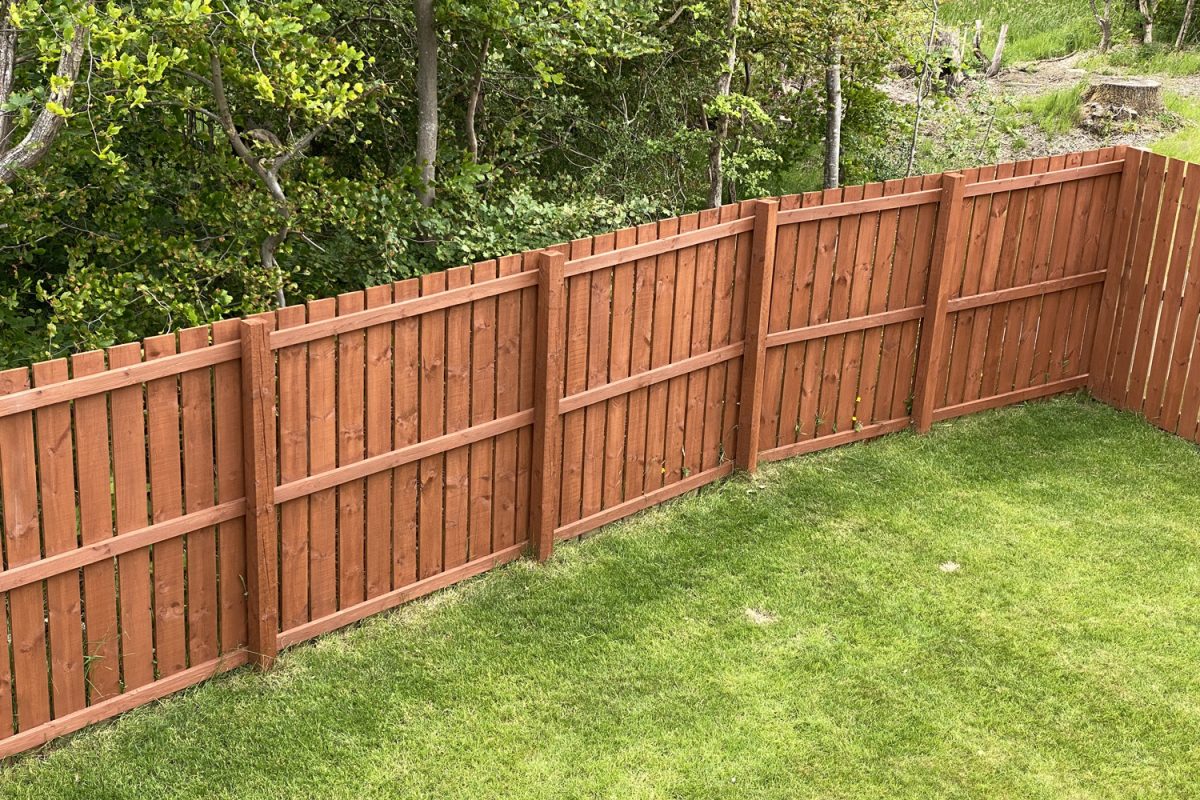
You should treat the wooden fence posts above and below the ground to protect them from rotting. Take extra caution to protect the wood inside the hole as it is constantly exposed to moist soil conditions.
Adding gravel to the hole where you will fix the posts enhances drainage. Fungi that cause wet or dry rot do not thrive where there is proper drainage.
Dry rot often occurs when the soil has 20% to 30% moisture content. But if the moisture content reaches 50%, there will be wet rot.
You can use roofing tar to treat the fence posts, thus minimizing the chances of rotting occurring. Because the roofing tar is durable and water-resistant, it forms a suitable sealant that bars moisture entry that would otherwise favor fungi build-up from penetrating the posts.
Applying Tar To Fence Posts
Roofing tar is dark and oily, hence not aesthetically appealing. Consequently, you would be better off if you used tar to treat the portion of the fence post inside the hole if you would like to retain your fence's beauty.
To let the roofing tar affix properly on the fence posts, treat the poles when the temperatures are about 70 °F. The tar may fail to set well if it is colder than 70 °F. On the other hand, the tar can melt if the temperatures are too high.
Leave the fence posts for 12 to 24 hours for the roofing tar to cure. The prevailing atmospheric conditions will guide you in determining how long the curing process will take.
It would be best to wear protective clothing such as masks to avoid inhaling the toxic fumes it may emit. In addition, gloves can protect your hands from coming into contact with this sticky substance.
Cuprinol Alternative
You can also use Cuprinol in place of roofing tar. Apply silicone that is especially suited to stick to concrete at the foot of the post.
Silicone seals the gaps between the poles and the concrete slabs that result from the freezing and thawing cycles.
Securing Fence Posts From Insect Damage
Environmental and health concerns come into play when evaluating which chemical preservative is suitable for your fence posts.
Therefore, applying products like Chromated Copper Arsenate (CCA) and Creosote on fence posts was disapproved even though they were common treatments years ago.
In their place, fence post manufacturers have adopted synthetic treatments like copper azole and ammoniacal copper citrate to protect the fence posts from insect damage.
These synthetic preservatives are deemed to be more environmentally friendly and safer. However, the National Organic Program has yet to ratify the chemicals for the treatment of fence posts used around livestock or organic farming operations.
You can also invest in fence posts made from wood that is naturally resistant to fungi, microbes, and insects.
For instance, you can buy fence posts made from heartwood such as black locust or cedar instead of those made from sapwood. They hold up better against insect infestation and decay.
How Long Do Wooden Fence Posts Last?
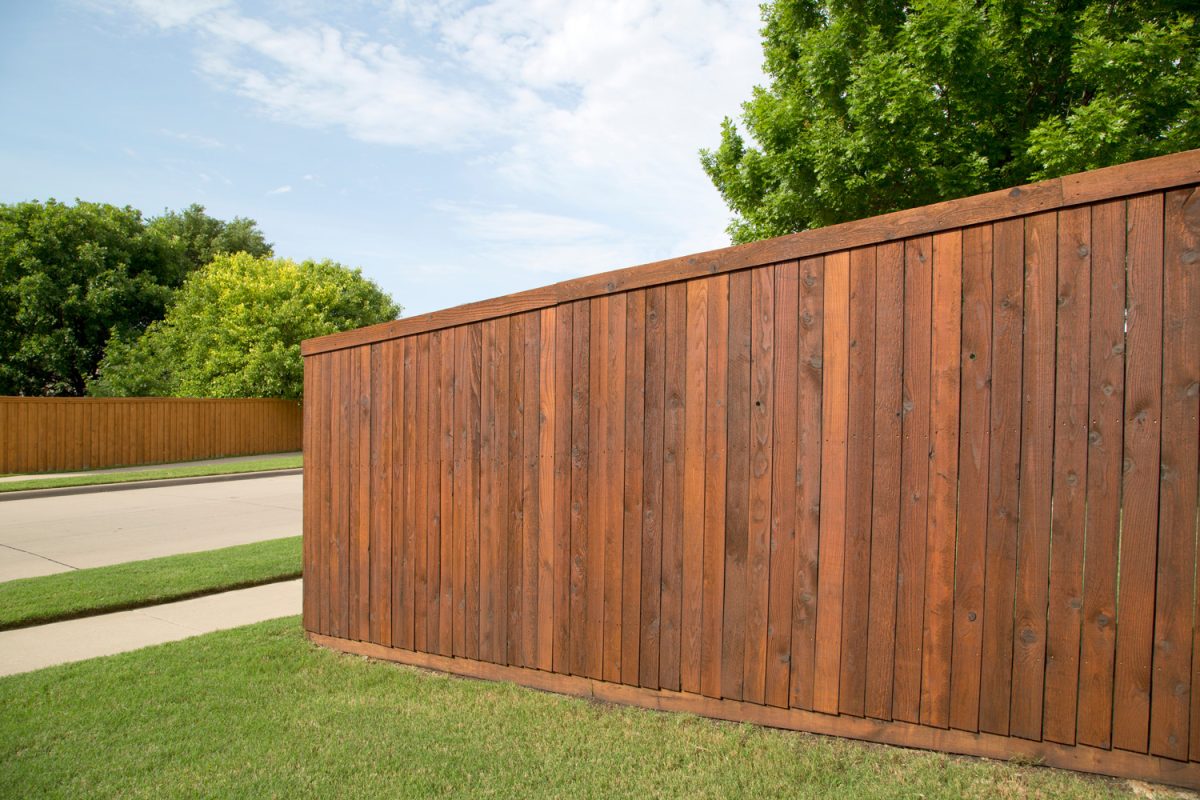
Although wooden fences are a beautiful addition to your property, they do not last forever. Furthermore, wooden fences and fence posts require hands-on maintenance for them to serve you for their expected useful life.
Treated and well-installed fence posts can serve you for 20 to 35 years. However, this lifespan reduces drastically to about 3 to 7 years when you use untreated fence posts.
It is advisable to inspect the fence posts annually for any deterioration such as rotting, termite infestation, cracking, or loose nails. Early detection and replacement of troubled spots can help you reduce the repair costs you would incur if the damage spreads.
Maintaining the area around your fence posts, say by cutting shrubs that sprout around the fence posts and being on the lookout for tree roots spreading to the base of the fence posts, can help prolong the posts' useful life.
You can also use a pressure washer to clean the posts and occasionally get rid of grime and dirt build-up. Repainting the fence posts or applying a sealant after cleaning can revamp their look and add years to the posts' life.
Should You Repair Or Replace Damaged Fence Posts?
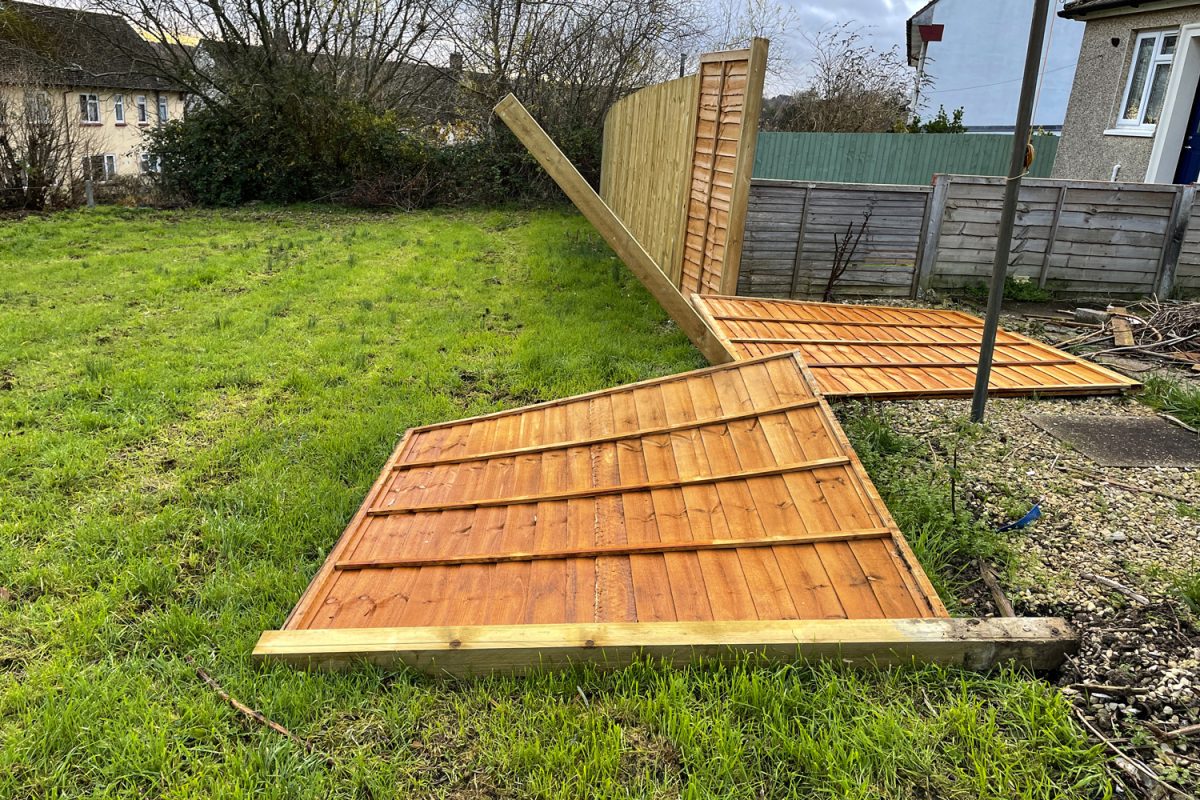
A fence should be steady and sturdy to ensure that it can withstand any weight applied to it, say a leaning body or strong winds that would otherwise threaten to blow it down.
So, you might, from time to time, need to assess whether it would be best to repair or replace degraded fence posts.
Examine the damaged fence posts carefully to determine whether it would be suitable to repair or replace them. Look into the extent of damage and the prevailing conditions that resulted in the deterioration.
Addressing the underlying causes will prevent future damage to newly installed or repaired fence posts. Otherwise, you might need to replace the new posts sooner than expected if you fail to resolve the problems.
Repair
Repairing posts with a useful life of more than two years is more cost-effective. You would want to save energy and resources by engaging in a task you will not need to repeat in a few years.
Repair and maintain fence posts if you catch mold build-up early. In most cases, thoroughly cleaning the poles with a bleach-based solution and rinsing them will eliminate the problem. You can then apply anti-mold paint to add an extra layer of protection.
You can also reinforce wobbly fence posts to strengthen them. Begin by assessing the extent of damage to determine a suitable course of action.
Next, fix a repair spur alongside the post if it is still solid. Finally, bind them together by adding a cement mixture to the hole where you sink the posts.
Replace
Replace fence posts that have begun rotting since the rot weakens the poles, making them susceptible to collapse. If you fail to replace the rotten posts, you may eventually have to replace the whole fence when it succumbs to the lack of adequate support.
Also, replacing a broken fence post is more efficient since you cannot salvage it. A broken fence post implies that it failed to withstand the weight placed on it.
Choose the replacement post carefully and install the new posts properly since they are the backbone of your fence. If you are replacing corner posts, set them deeper than the in-line posts to enable them to endure the strain of a tight fence line.
Final Thoughts
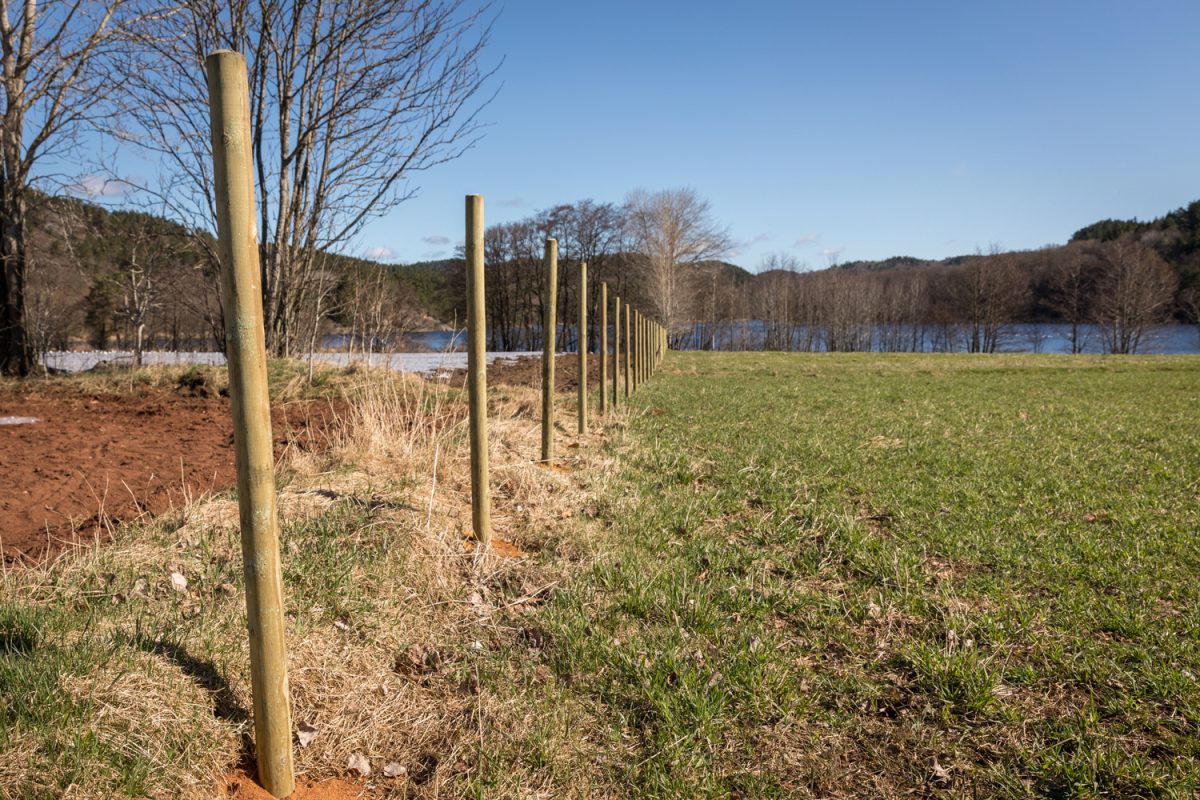
Preparing your fence posts adequately before installation will enable them to serve you for their expected useful life. You can use roofing tar to shield the posts from water damage or insect infestation.
Ensure that you maintain your fence regularly, as this will enable you to detect problems early and resolve them promptly, thus reducing your repair costs.
Be sure to peruse these topics as well:


